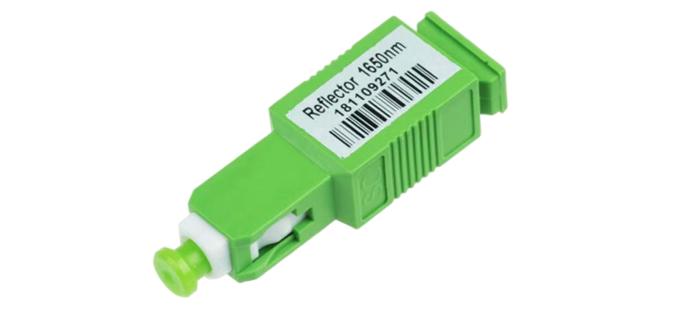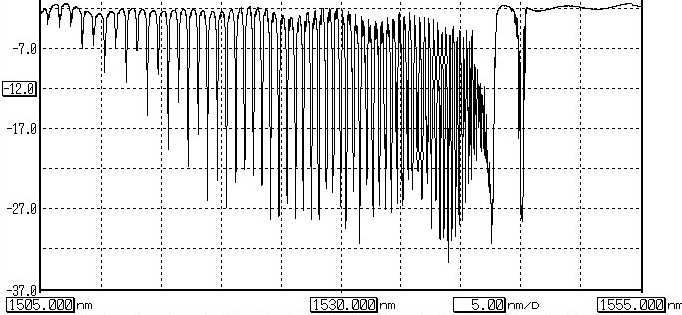FBG grating is a new type of passive optical device that changes or controls the propagation behavior and mode of light in a particular area by establishing a periodic refractive index distribution along the fiber axis. Among them, fiber Bragg grating with a nanoscale refractive index distribution period is called fiber Bragg grating. Due to its many advantages, such as simple production, good stability, small size, anti-electromagnetic interference, flexible use, easy integration with optical fiber and network construction, fiber Bragg grating has been widely used in the field of optical sensing in recent years.
After nearly a decade of research, the sensing mechanism of fiber Bragg grating has been basically explored, and various structures of FBG sensors for measuring various physical quantities have been developed. Currently, FBG sensors can detect physical quantities including temperature, strain, stress, displacement, pressure, torsion angle, torque, acceleration, current, voltage, magnetic field, frequency and concentration.
Due to the cross sensitivity of fiber Bragg grating to stress and temperature, in practical applications, a reference grating is often serially or parallel-connected near the stress sensing grating to eliminate the influence of temperature change. This method requires more gratings, increasing the cost of the sensing system. If fiber Bragg grating is encapsulated with a material with a very small coefficient of thermal expansion and insensitive to temperature, the influence of temperature on stress measurement accuracy can be greatly reduced.
In addition, using materials with negative temperature coefficients for encapsulation or designing feedback mechanisms can apply certain stress to fiber Bragg grating to compensate for the wavelength drift caused by temperature, making the value approach 0. Based on the temperature compensation relationship of fiber Bragg grating based on elastic substrate material, experimental results have shown that using materials with negative temperature coefficients for encapsulation of fiber Bragg grating can achieve a temperature compensation effect with wavelength variation of only 0.08nm in the temperature range of 0-100°C.
The temperature and strain sensitivity of fiber Bragg grating are low, and the sensitivity coefficients are about 1.13×10-2nm/℃ and 1.2×10-3nm/uε respectively, making it difficult to directly use them in the measurement of temperature and stress. Sensitization packaging of fiber Bragg grating can "amplify" the small changes of strain and temperature to improve measurement accuracy, and also extend the measurement range of the sensor.
Temperature sensitization packaging
Using high coefficient of thermal expansion materials as substrate materials can design different types of temperature sensitization sensors. Research has shown that using organic materials, metals or alloys can greatly increase the temperature sensitivity coefficient of fiber Bragg grating. For example, using a blend polymer with a large coefficient of thermal expansion for encapsulation of fiber Bragg grating can increase the temperature sensitivity of fiber Bragg grating by 11.2 times in the range of 20-80°C.
Stress sensitization packaging
After encapsulating fiber Bragg grating with materials with smaller Young's modulus, placing the sensing head in a stress field, the substrate material with larger coefficient of thermal expansion will have a driving effect on the grating due to its close adhesion with the grating, increasing the axial strain of the grating and thus increasing the drift of the Bragg wavelength. This makes FBG sensors more sensitive to stress.
Other functional packaging of FBG sensors
By designing different packaging methods and external field application methods, fiber Bragg grating can achieve more functions. By embedding the fiber Bragg grating into two different substrate materials in different sections, the two grating sections will have different sensitivity to stress and temperature, which can realize simultaneous measurement of temperature and stress, solving the problem of cross-sensitivity between stress and temperature. If the cross-sectional area of the substrate material gradually changes along the fiber direction, when the substrate is subjected to axial stress, the grating will be affected by the stress gradient, transforming the fiber Bragg grating into a tunable chirped grating, which may be applied to dispersion compensation of fiber.

